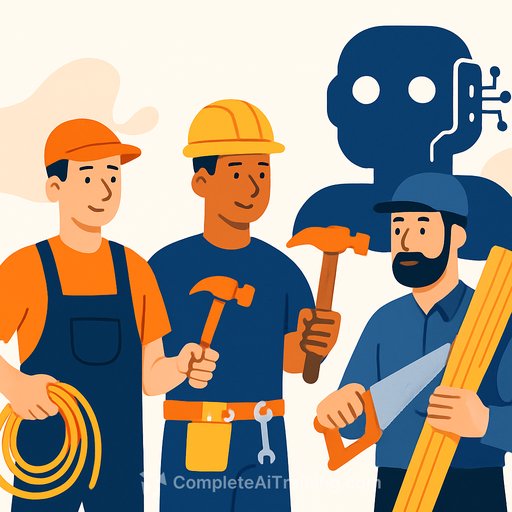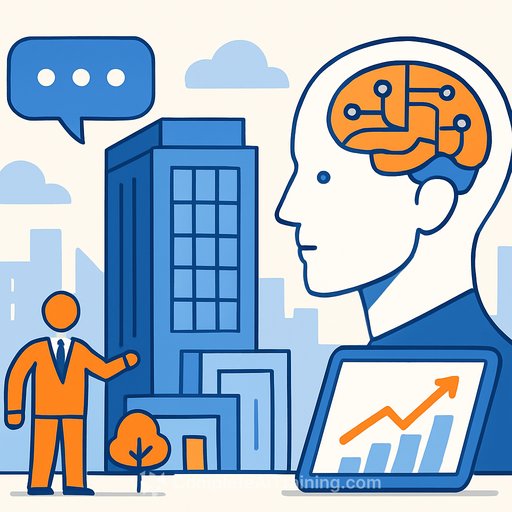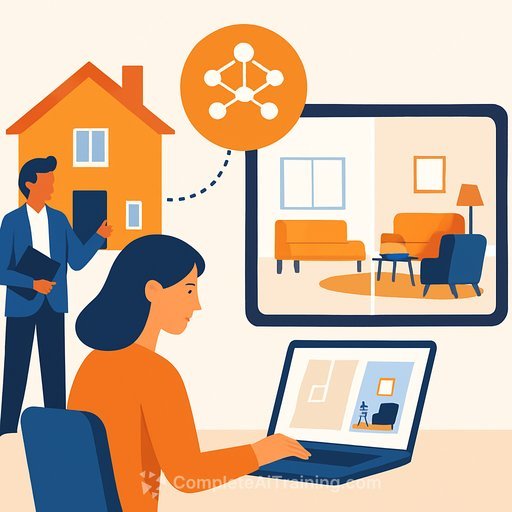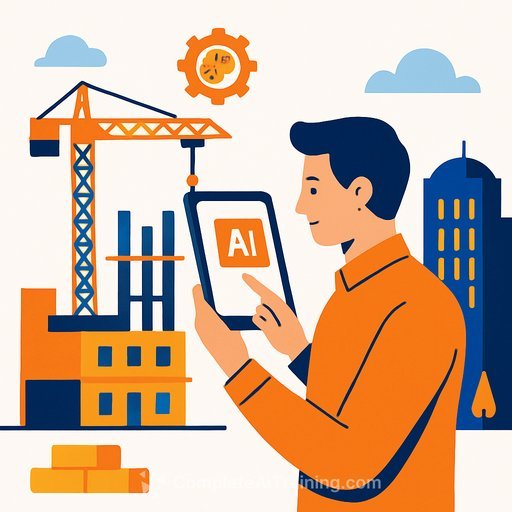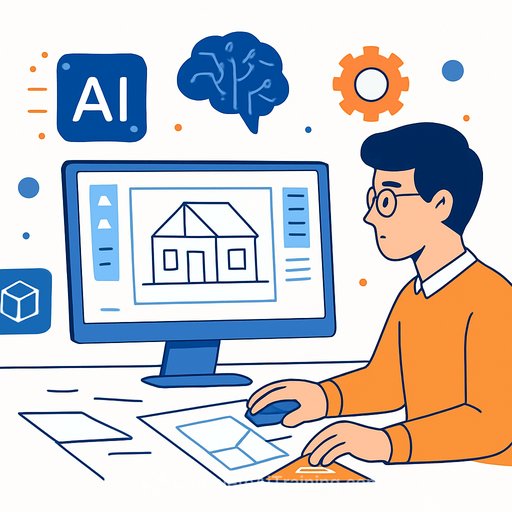AI-Proof: The Case for Skilled Trades
For years, the clear message has been: Learn to code. Tech is the future. Coding has opened doors to high-growth careers, launched startups, and helped millions enter the digital economy. That remains true. But with artificial intelligence advancing quickly, the nature of work is shifting again.
Tasks once handled by entry-level developers are now streamlined by AI or replaced by no-code platforms. Meanwhile, skilled trades like electricians, plumbers, HVAC technicians, welders, and carpenters are seeing record demand. These are the people who build and maintain the physical world—and their jobs aren’t going anywhere.
Coding and Carpentry Can Coexist
This isn’t a tech versus trades debate. Both are essential. The issue is how career paths are presented, especially to young people and communities of color. Coding bootcamps and startup culture get plenty of attention—and deservedly so. But we rarely highlight that:
- Licensed electricians can earn six figures. The Bureau of Labor Statistics reports the top 10% make over $100,000 annually.
- Many plumbers and HVAC techs charge $150 to $300 per hour.
- Trade entrepreneurs often build service businesses with recurring revenue—usually without student debt or a four-year degree.
As AI transforms the digital economy, skilled trades remain the foundation of the physical one.
A Growing Gap and a Growing Opportunity
About 10,000 electricians retire yearly, but only 7,000 new ones enter the field, according to the National Electrical Contractors Association. This gap is widening. With billions invested in infrastructure, housing, and clean energy, demand for skilled trades is surging.
The U.S. Bureau of Labor Statistics projects over 80,000 electrician job openings annually for the next decade. Plumbing, construction, and welding face similar shortages. McKinsey reports some trades have 10 to 20 job openings for every new hire. This isn’t just a labor shortage—it’s a major wealth-building opportunity hiding in plain sight. These roles fit the description of AI-proof careers.
The Real Value Is in What AI Can’t Do
No-code and AI-powered tools are changing digital work. Platforms like Framer, Durable, and Wix’s AI builder can create full websites from simple inputs. GitHub Copilot helps with coding, and ChatGPT generates scripts and API calls. These tools reduce the need for some entry-level digital work.
On the other hand, skilled trades demand critical thinking, problem-solving, and physical skill in unpredictable environments. Those qualities make trades among the most AI-proof careers today.
Let’s Normalize Both Paths
Young people deserve the full picture. They should be encouraged to explore tech, embrace innovation, and understand AI’s impact. But trades should also be seen as high-potential, respected career paths—not fallbacks.
We need more stories about:
- Electricians who became business owners
- Plumbers who expanded into multi-city service brands
- Carpenters who employ dozens and help build communities
These are not just jobs. They offer stability, ownership, and opportunity—and they remain vital because they can’t be automated.
Building Futures, Online and Off
As AI changes work, we need more than coders. We need builders. The future isn’t just on screens or in software; it’s also in homes, neighborhoods, and infrastructure projects nationwide.
This isn’t about choosing one path over another. It’s about broadening the narrative so more people can access futures worth building—whether that’s with a keyboard or a toolbelt.
For those interested in how AI impacts various industries—including construction and trades—explore resources like Complete AI Training’s courses by job. Understanding AI’s role alongside skilled trades can open new doors without losing sight of hands-on expertise.
Your membership also unlocks:

